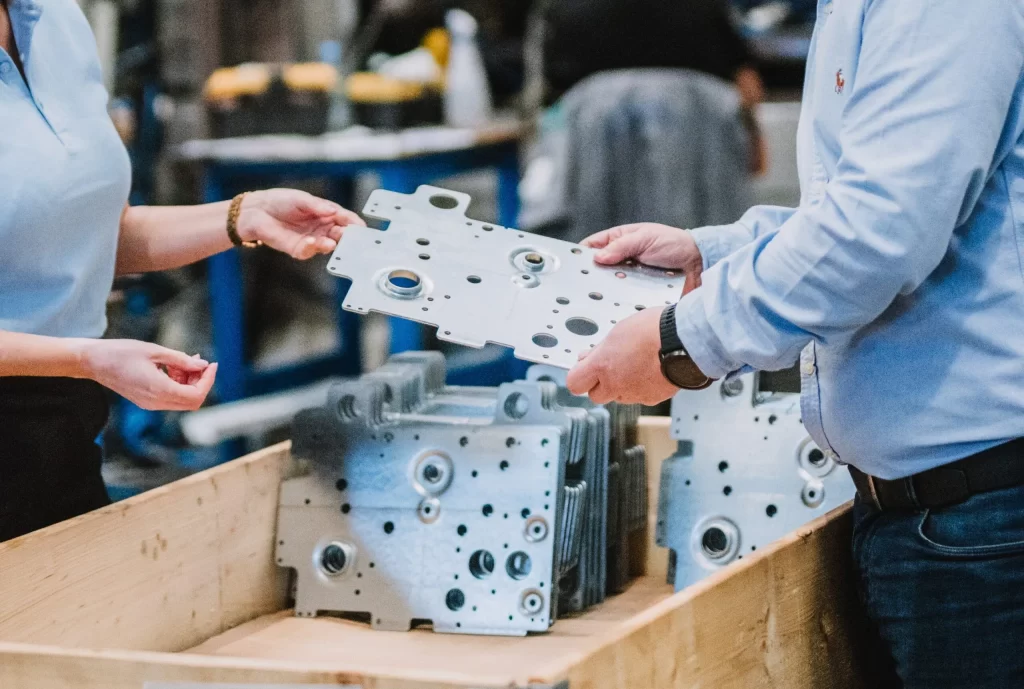As industries navigate the challenges posed by supply chain issues and strive to recover from the COVID-19 pandemic, there is a noticeable surge in demand for metal products. This upswing in demand is driven by various factors, including the emphasis on developing clean technology for renewable energy and a renewed focus on infrastructure development in both the United States and China. When combined, these factors create a perfect storm that leads to soaring metal prices.
Numerous metals are feeling the impact of these market dynamics. Almost every metal market is experiencing supply shortages and increased demand, but the metals most commonly used in industrial production bear the brunt of these effects. Steel, aluminum, copper, and nickel are among the metals that manufacturers can expect to see significant price increases.
Steel and Stainless steel are particularly affected by the consolidation and reshoring of steel operations, as well as reduced availability of steel scrap. These factors contribute to higher costs associated with steel refinement and production.
Aluminum, which is primarily supplied by Canada to U.S. operations, faces limitations imposed by quotas on its exports. The demand for aluminum in the United States surpasses the available supply, resulting in reduced availability and consequently higher prices.
Copper, a critical metal in the production of electronics and electrical components, is also experiencing supply shortages. The increased demand for electric vehicles, infrastructure projects, microchips, renewable energy, and energy storage systems drives up copper prices.
While it is anticipated that record-high metal prices will gradually decrease as the global economy continues its recovery, a return to pre-pandemic prices is unlikely in the near future. The market is expected to remain tight throughout 2022 due to the implementation of large-scale infrastructure plans in the United States and China, which will sustain the high demand for these metals.
Moreover, the pandemic has introduced additional challenges, particularly in shipping. As a result, lead times for certain materials may be longer. Given the tight supply conditions, it is advisable for manufacturers to consider adding several months or more to their production lead times in 2022.
As industries continue to adjust to these supply chain issues and ramp up production during the post-COVID recovery, demand for metal products will likely increase. Add a focus on building clean technology for renewable energy and a renewed focus on infrastructure in the United States and China, and you have the perfect storm for high metal prices.
Which metals are affected?
While supply shortages and high demand are affecting almost every metal market, the metals most frequently used in industrial production are the most affected. Manufacturers can expect to see increases in steel, aluminum, copper, and nickel especially.
Steel & Stainless: Consolidation and reshoring of steel operations, along with reduced steel scrap, means higher costs for steel refinement and production.
Aluminum: Canada, the primary supplier of aluminum for U.S. operations, has established quotas on the amount of aluminum exported to our shores. So far, our aluminum demand far exceeds this limitation—and less availability equals higher prices.
Copper: Copper is critical for electronics and electrical components. Supply shortages and increased demand for electric cars, infrastructure, microchips, renewable energy, and energy storage are keeping prices high.

When will the price go down?
While record-high metal prices are forecasted to drop as the global economy continues to recover, they are unlikely to return to pre-pandemic prices in the near future. The market may still remain tight into 2022 as large-scale infrastructure plans in the U.S. and China keep demand for these metals high.
Geogrids are a valuable tool in the construction industry, offering enhanced stability, cost savings, and environmental benefits. The pandemic is causing more than a price impact, as shipping challenges may result in lengthier lead times for some materials. Because supply is tight, we recommend adding several months or more to your production lead times in 2022.